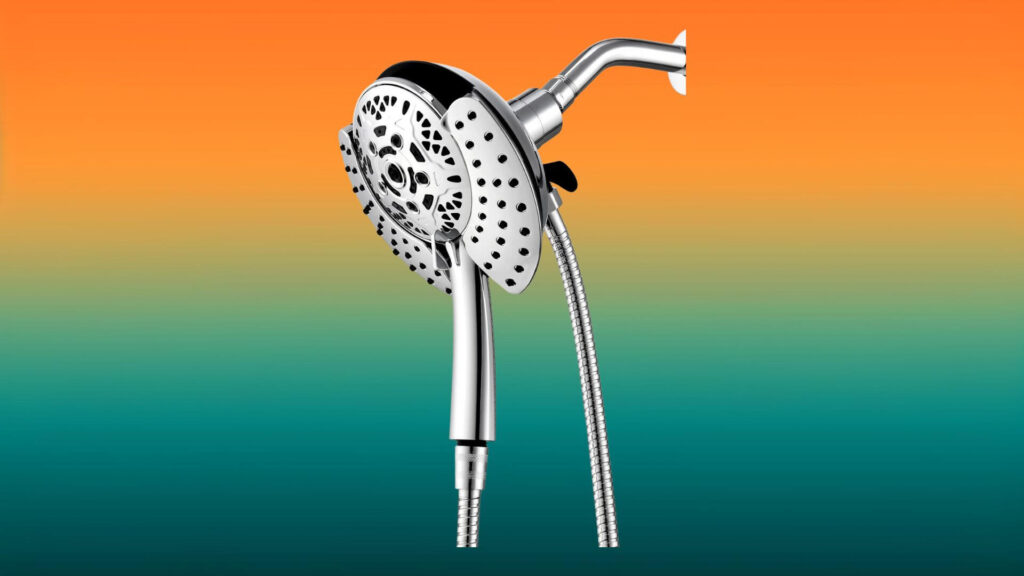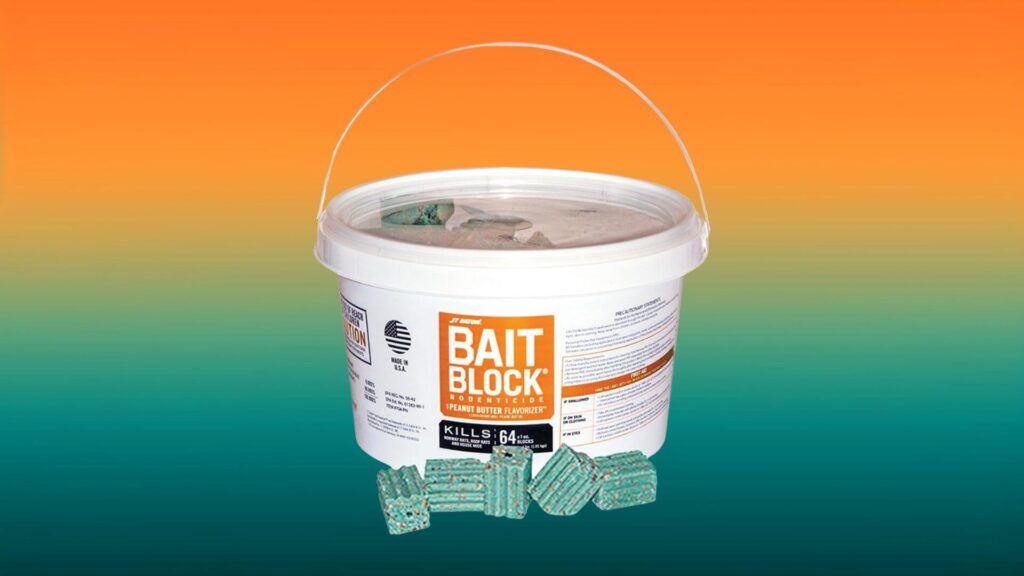
We are reader-supported. When you buy through links on our site, we may earn an affiliate commission.
Winter is around the corner and that means preparing your home for the colder months of the year. Winterizing your above-ground pool the right way is essential. You want to winterize the right way and avoid these seven mistakes to protect your pool from the risks of winter damage.
What Does Winterizing Your Above Ground Pool Do?
Not only does it keep the pool ready when it’s time to swim in the spring, but it also protects your pool from freeze events, algae buildup and dirt buildup. Winterizing your pool:
- Prevents your pool from dirt and debris buildup. It’s far better to clean the pool in advance so you can focus on a quick and easy reopening come spring.
- Protects your pool from damage from freezing water. When temperatures drop below 32F, this can damage your above-ground pol’s frame, lines, pipe and liner. Winterizing protects delicate pool parts like the housing and motor from snow and ice.
- Prevents algae buildup. Although algae is more likely to bloom during summer, it can also bloom in winter when you leave the pool unattended.
- Keeps pests and birds from swimming or getting stuck in the water.
How to Winterize Your Above-Ground Pool
Here’s a step-by-step guide on winterizing your pool:
1. Prepare the Pool Two Weeks Before
Two weeks before you plan to winterize the pool, put stain and scale remover into the pool water. Then, a week before, add phosphate to the skimmer while it runs. Check both scale remover and phosphate treatment instructions to see how much chemicals to use for the pool size.
2. Remove and Store Pool Equipment
Remove all equipment like ladders, toys and floats around the pool. Rinse them with a quick spray of water and ensure they are dry before storing them in a shed or the garage. You will want to leave equipment like filters and skimmers for now so you can clean the pool properly.
3. Clean The Pool
First, remove leaves and other debris from the pool surface with a hand skimmer. Second, use the pool brush to clean the inner walls and floor of the pool. Lastly, remove the dirt that you brushed off with a pool vacuum.
4. Perform pH, Alkalinity and Calcium Tests
The alkaline level should be 80–120 ppm. If the alkaline levels are below 80 ppm, you can use baking soda to increase the levels until they are within range. Aim for a pH level of 7.8. In winter, the pool’s pH will naturally drop, so raising them before you close them will offset the decrease that will occur. Lastly, calcium levels need to be between 200 and 400 ppm.
5. Prevent Algae Buildup
Mix some liquid algae control in a bucket with cool water. Your algae preventative will give instructions on how much of the liquid you should mix into the water. Generally, it’s four ounces for every 4,000-5,000 gallons of water. Switch on the pool filter and add the algae-preventative mixture into the pool water slowly. Move around the pool’s perimeter to ensure each part of the pool gets its fill. Run the filter for about six hours.
6. Add Shock and Chlorine
After the six hours of algae treatment, keep the pump running and add shock treatment to the water slowly and evenly. Keep the filter running and raise the chlorine levels to around 3 ppm to keep the water clean. Rerun the filter for about six hours.
7. Winterize the Skimmer
You can either remove the slimmer basket and store it or cover the skimmer with a winter plate. This will protect it from cracks and damage when the pool water freezes and expands.Whichever option you choose, ensure that you drain the water so that it’s below the skimmer. If it rains, just check that the skimmer is free and clear to prevent clogging.
8. Clean the Water Filter
Disconnect the pump and motor from the pool filter and drain the water. Take apart the pool filters by draining the hoses, remove and clean smaller filter parts. If your filters are old, this is a great time to look into replacing them. Store the filter parts in a shed or the garage with the ladder and pool toys.
9. Cover the Pool
Finally, it’s time to cover the pool and wait until spring to swim again. Place one or two air pillows in the pool. Pull the pool cover over the above-ground structure. Secure the pool cover with wire or a cable and clips. Secure the wire to the ground or use water bags to keep the cover secure if you have a deck.
Seven Mistakes to Avoid When Winterizing Your Above-Ground Pool
Here are some mistakes you can avoid to ensure you winterize your pool properly.
1. Winterizing Too Early
The best time to winterize your pool is mid-October. When the pool water temperature dips below 65 F, and stays there, it’s time. It’s essential to winterize at the right time, so the chemicals keep their potency throughout winter. You also have less change of algae growth if you winterize at the right temperature.
2. Using Harsh Tools
Although scale can be quite stubborn, resist the temptation to use a harsh scrubbing tool like a pumice stone. Use a nylon brush or the pool brush and scrub gently to protect the integrity of the pool walls.
3. Purchasing the Wrong Pool Cover
Just like you need the right winter coat with arms that fit and a hood to protect your head from harsh elements, your pool needs the right cover for adequate protection. Buy a winter cover that’s the right size, shape and type for what your pool needs. Look at reviews before you buy. With pool covers like the Intex round metal frame pool cover which has 25,000 reviews, you’re sure to have enough information to make the right decision.
4. Not Putting a Winter Pill
Before you cover your above-ground pool, add a floating winterizing pill. This plastic lozenge has chemicals like clarifier, stain and scale inhibitors and enzyme enhancement to maintain good quality pool water in the winter.
5. Skipping Air Pillows
Use air pillows to support the cover from sticking to the water once it’s frozen. This just prevents risk damage to the material.
6. Neglecting Your Pool All Winter
While you have done all you can to winterize your pool, it still needs some attention during winter. Ensure you lift the cover every few weeks and add algae preventative if needed.
7. Draining All The Water
You don’t need to take all the water out of your above-ground pool for the winter. While you should lower the water levels to protect the skimmer, draining the pool can compromise the pool walls and make them shrink or dry out because of the cold air.
Winterize The Right Way
While winterizing the pool has a lot of steps it’s a great way to keep your pool in good shape throughout the winter. When Spring comes and your family wants to take a dip in the pool, all you will need to do is open the pool, reconnect the filters and pipes, turn the heating system on and ensure the chemical levels are balanced.







